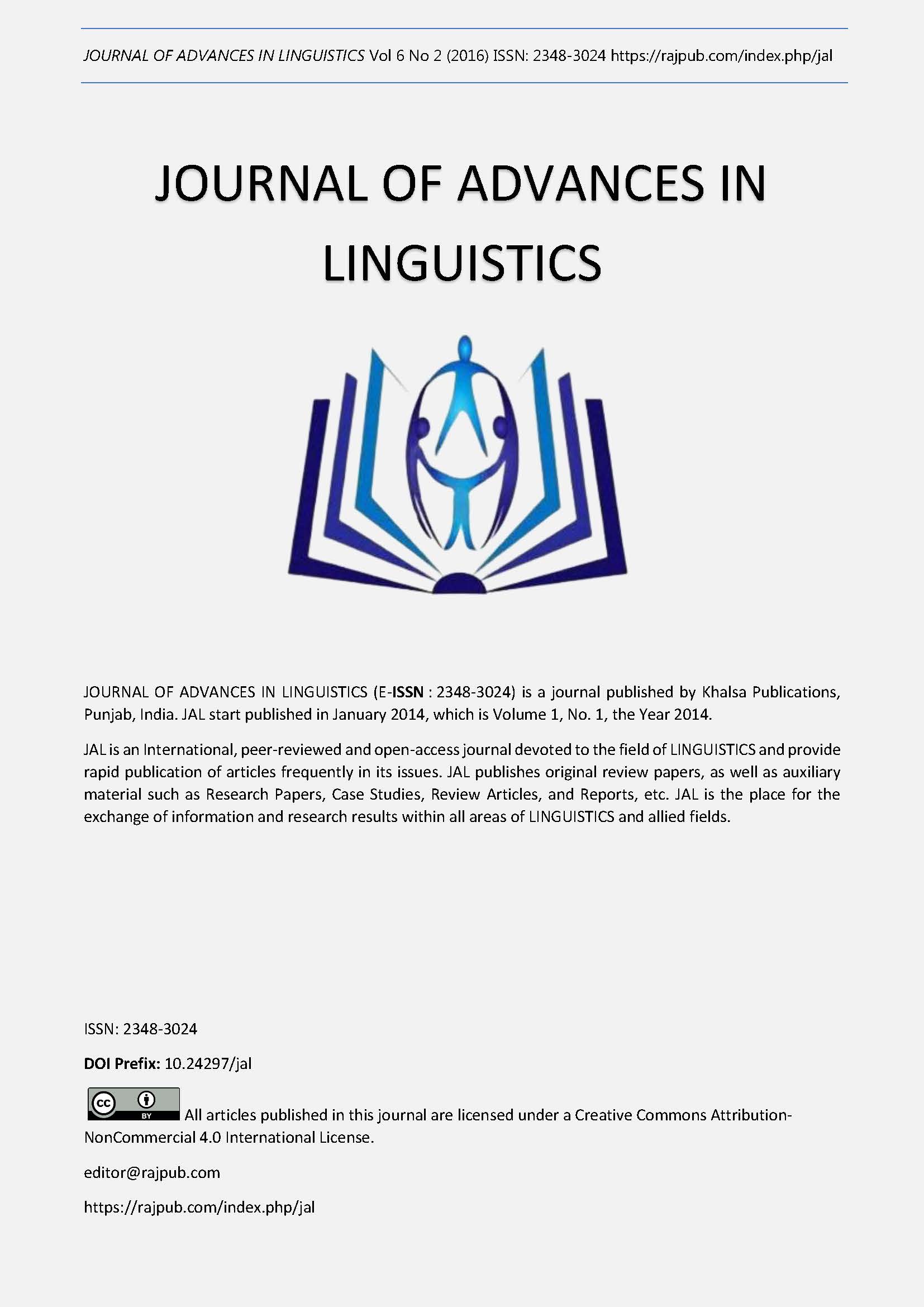A Neural Network Perspective on the Syntactic-Semantic Association between Mass and Count Nouns
DOI:
https://doi.org/10.24297/jal.v6i2.5176Keywords:
Mass-Count distinction, Syntax-semantics interaction, Self-organisation, Neural networksAbstract
Analysing aspects of how our brain processes language may provide, even before the language faculty is really understood, useful insights into higher order cognitive functions. We take a small exploratory step in this direction with an attempt to test the ability of a standard, biologically plausible self-organising neural network to learn the association between syntax and semantics around the mass-count distinction. The mass-count distinction relates to the countability or un-countability of nouns, both in terms of their syntactic usage and of their semantic perception. A previous statistical study has shown that the mass-count distinction is not bimodal and exhibits complex fuzzy relations between syntax and semantics. A neural network that expresses competition amongst output neurons with lateral inhibition is shown to identify the basic classes of mass and count in the syntactic markers and to produce a graded distribution of the nouns along the mass-count spectrum. The network however fails to successfully map the semantic classes of the nouns to their syntactic usage, thus corroborating the hypothesis that the syntactic usage of nouns in the mass-count domain is not simply predicted by the semantics of the noun.
Downloads
Downloads
Published
How to Cite
Issue
Section
License
 All articles published in Journal of Advances in Linguistics are licensed under a Creative Commons Attribution 4.0 International License.
All articles published in Journal of Advances in Linguistics are licensed under a Creative Commons Attribution 4.0 International License.




